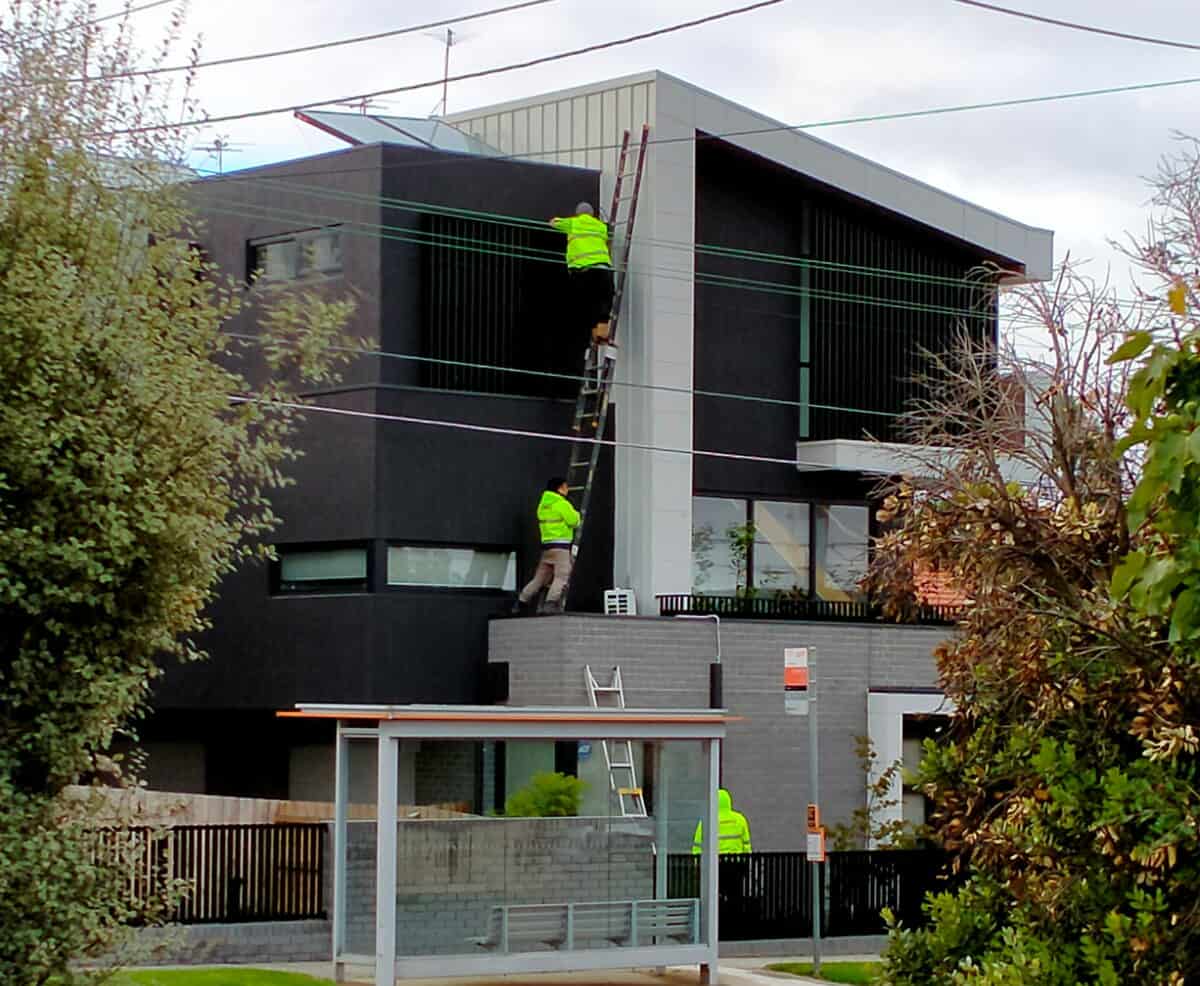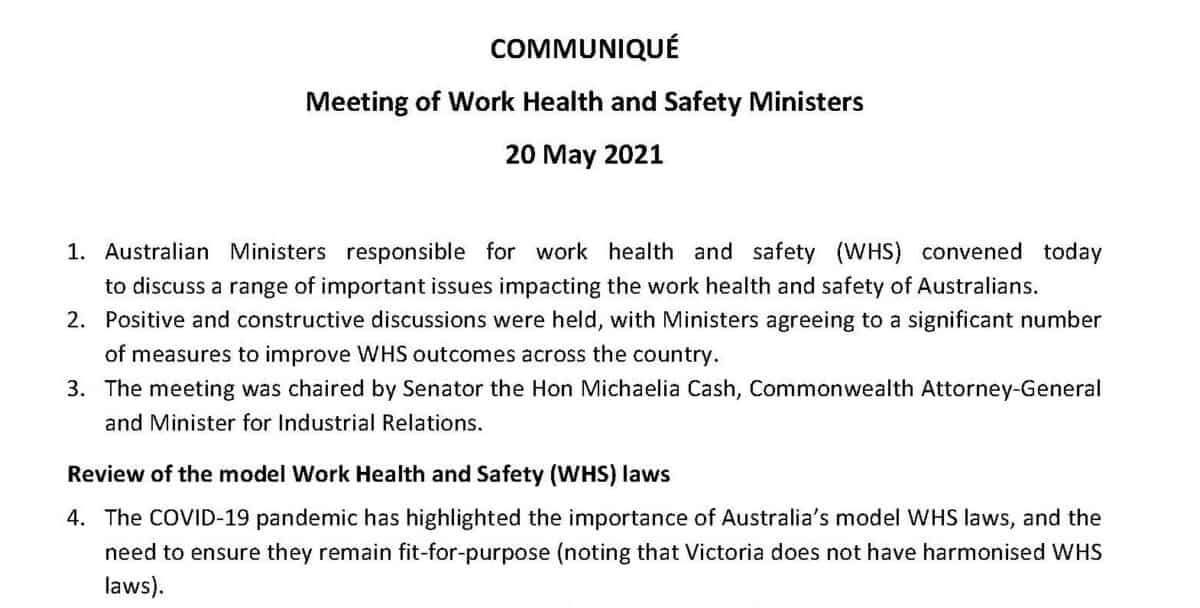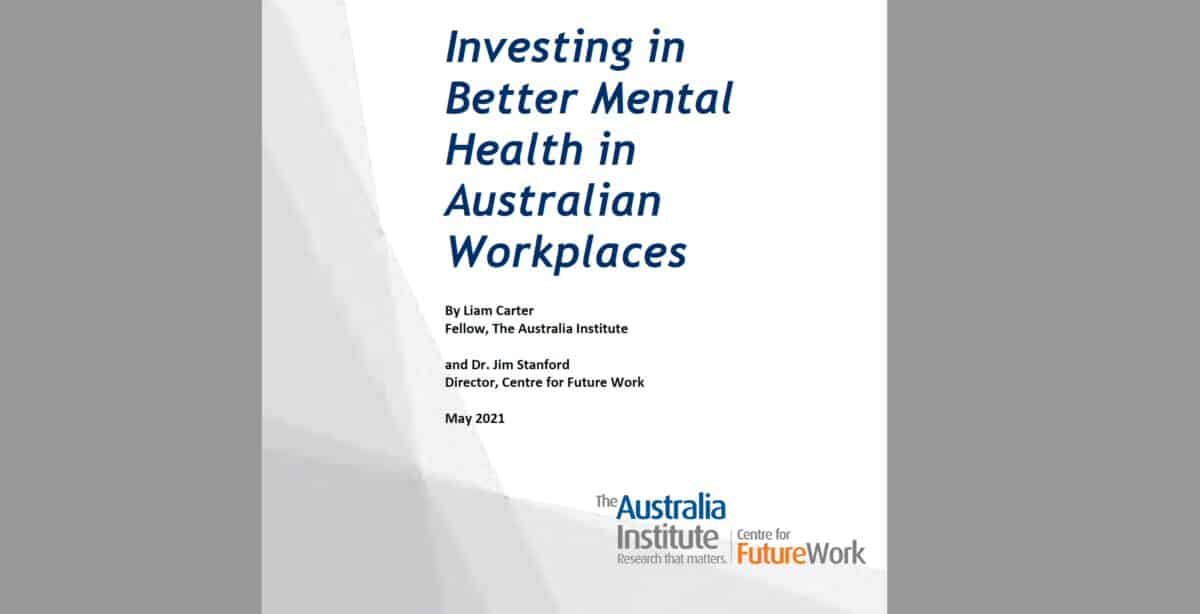I have been told that any image loaded to Twitter becomes the property of Twitter. As a social media user, this type of situation seems common, but I was surprised when an image of unsafe work activities that I took and posted to Twitter appeared as an “Absolute Shocker” in a construction safety newsletter produced by WorkSafe Victoria. I sought more details from WorkSafe on the image’s use.
Category: Premium
Industrial Manslaughter or Category 1. Which prevents harm more effectively?
The Communique issued after the May 20, 2021 meeting of the Work Health and Safety (WHS) Ministers says that Australia is not likely to apply an Industrial Manslaughter law nationally:
“While the Northern Territory, Queensland, Western Australia, the Australian Capital Territory and Victoria provided their support for an industrial manslaughter offence, the recommendation did not receive the required majority.”
Some people think that this is no real failure as the Communique also includes “defacto ‘industrial manslaughter’ laws”. Here is the quote that supports that position:
Stepping forward a bit, maybe
Last week the Australian Council of Trade Unions (ACTU) issued a media release describing the meeting of Work Health and Safety Ministers presenting a
“… huge step forward on mental health…”
The “step” is more walking on the spot than a step forward as the obligation to address psychological hazards in the workplace has existed in Australia for decades. It has just been ignored.
However, what caught my attention was this statement:
“Up to 45 per cent of mental health issues are attributable to work…..”
Psychological harm gets new regulations and funding access
The State of Victoria had a big week on mental health, with the Labor Government allocating billions of dollars to the improvement of the mental health of its citizens. Much of the justification for the spend (and the imposition of a mental health levy on large companies) is in response to the recent Royal Commission into Mental Health Systems. Workplace health and safety was on the agenda in that Royal Commission. Hence, it is worth looking at how, or if, this recent Budget helps employers improve the psychological health of their workers in anticipation of new regulations on this hazard promised by Victoria’s Minister for Workplace Safety, Ingrid Stitt.
Industrial Manslaughter presents an empty hook
New South Wales’ Opposition Minister for Industrial Relations, Adam Searle, spoke recently in support of the introduction of Industrial Manslaughter (IM) laws. In Parliament on May 5 2021, he said
“… legislation is required to enable the prosecution of industrial manslaughter and to fundamentally change the approach across industry in order to raise the standard and embed a culture of workplace safety of a much higher and more stringent nature. We need a culture that supports workplace safety in our State, not a culture, as I indicated before, that allows and encourages the cutting of corners and the fostering of unsafe workplaces…..
page 43, Hansard,
Legislation can achieve many things but not by itself, and that reality often makes such penalties like Industrial Manslaughter little more than symbolic.
“reasonably practicable” reduces workers to a cash value
Legal interpretations dominate occupational health and safety (OHS). Understandably, if OHS is only determined by laws, but if the safety of workers is a moral imperative to you, the law is less significant. This latter perspective is rarely voiced, and one of the most important elements of OHS law is compliance “as far as is reasonably practicable” (ASFAIRP). ASFAIRP makes business sense but not necessarily safety sense, especially when one is dealing with the recent phenomenon of work-related mental health.
Some of the most powerful discussions on ASFAIRP and its place in providing safe and healthy workplaces occurred over a decade ago. However, the issue still resonates, and its perspective deserves continuous consideration.
New workplace mental health info but no new strategy
On May 20, 2021, Australia’s Work Health and Safety (WHS) Ministers to discuss a range of occupational health and safety (OHS) matters. One matter will be the inclusion of a specific requirement on employers that, according to the Australian Council of Trade Unions (ACTU):
“…. would finally require employers to identify and address risks to mental health, in the same way, they are required to with risks to physical health.”
What the ACTU fails to make clear is why this regulatory change is required when the duty to provide a physically and psychologically safe and healthy workplace already exists in the current OHS/WHS laws in Australia.
The ACTU does, however, with the help of the Australia Institute and Centre for Future Work, provide more data on work-related mental health. The union movement is one of the few voices that acknowledge the structural elements of OHS but fails to consider any options other than regulation and, with a federal conservative government in power, it is unlikely to receive an attentive audience.






